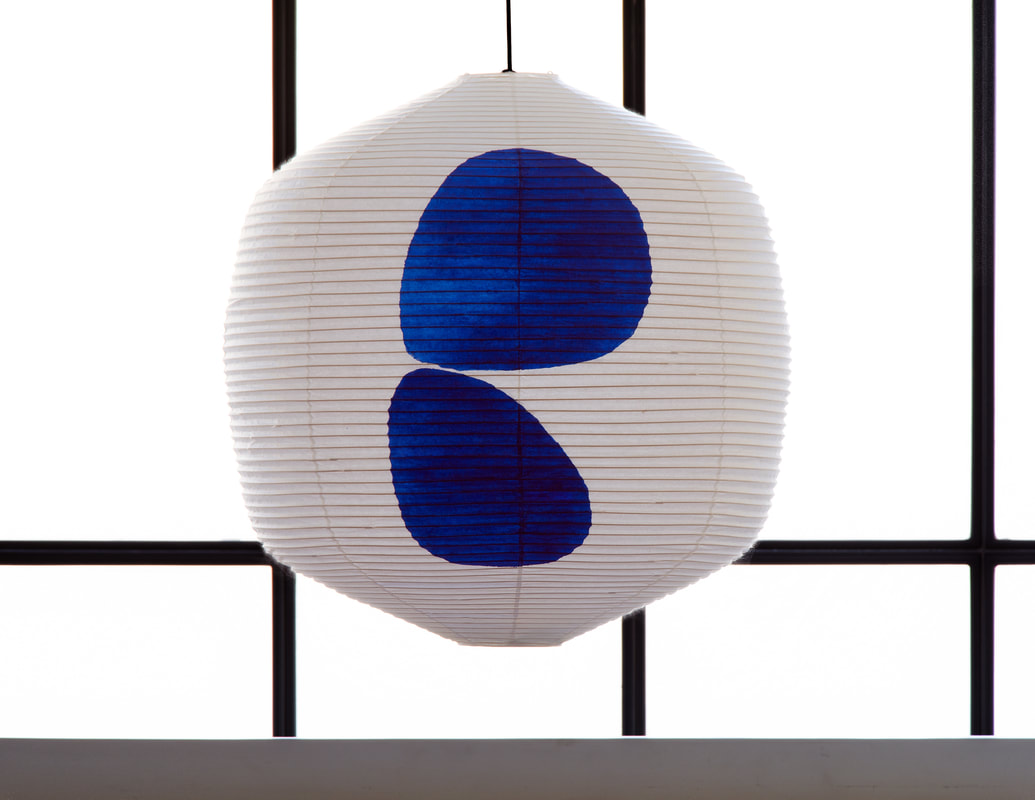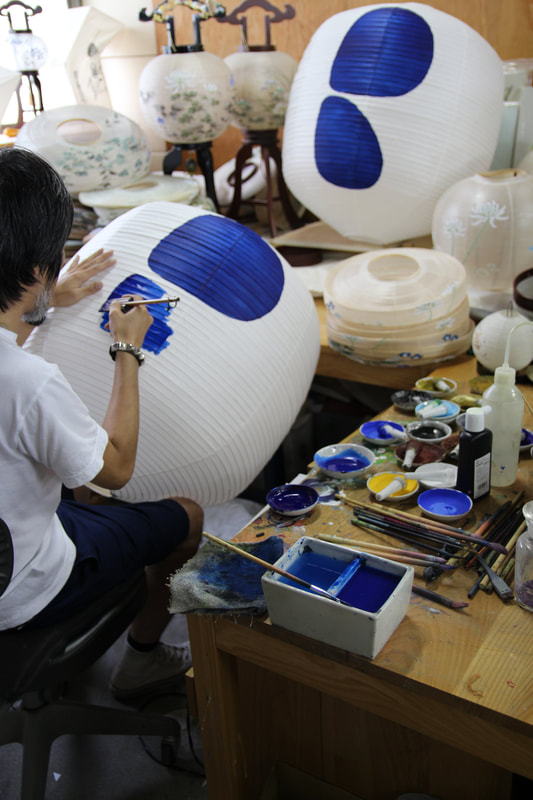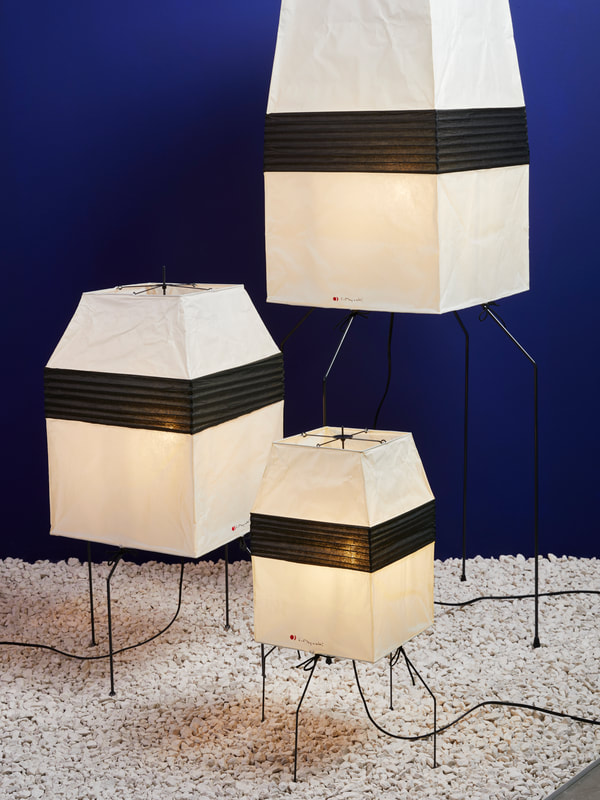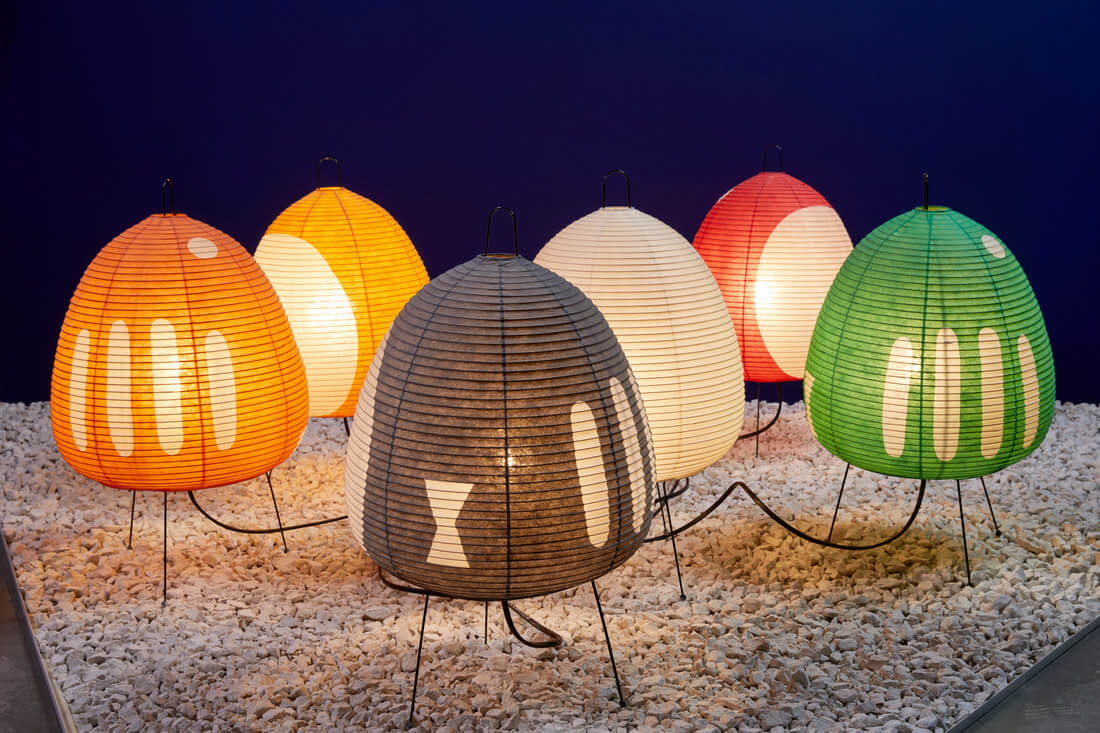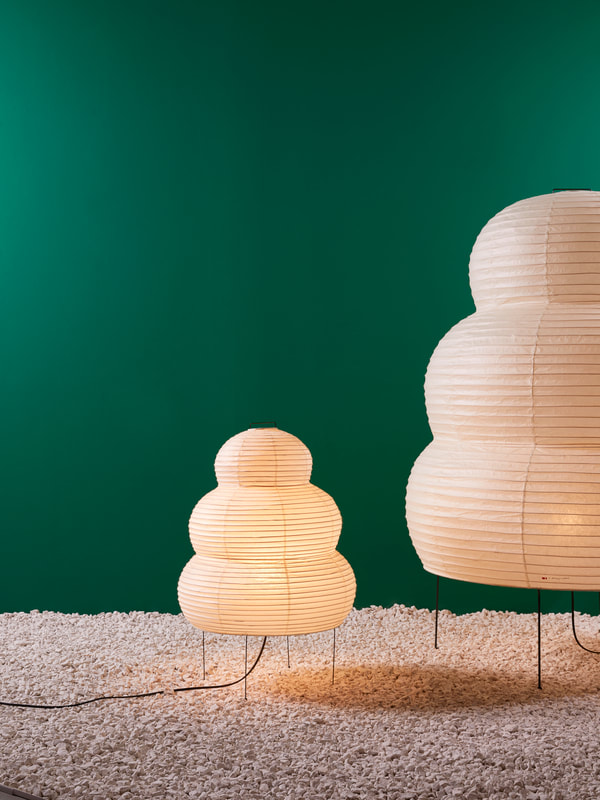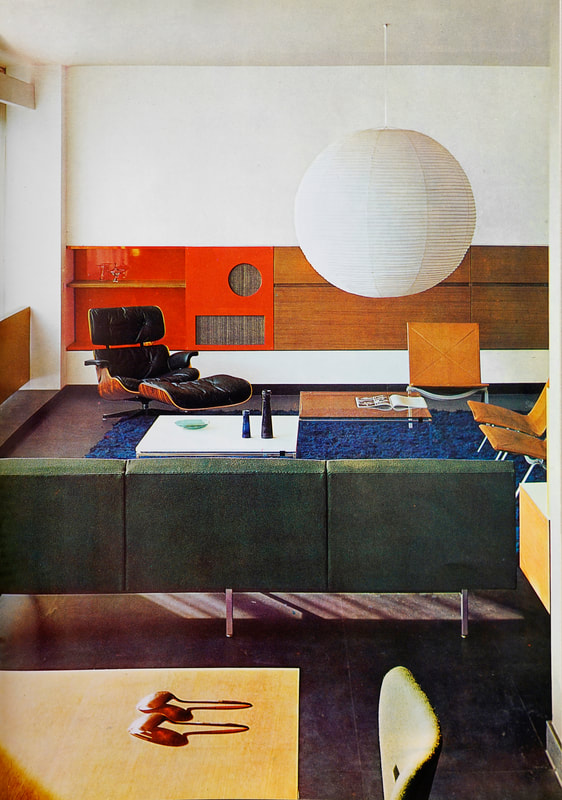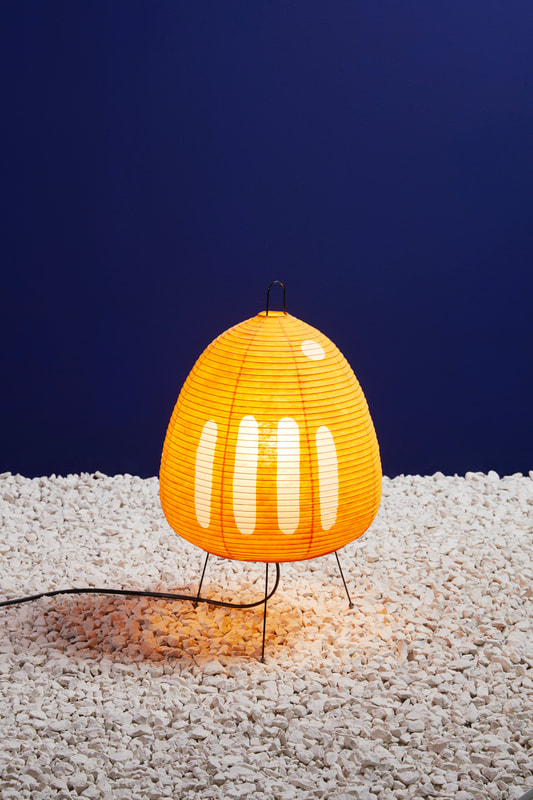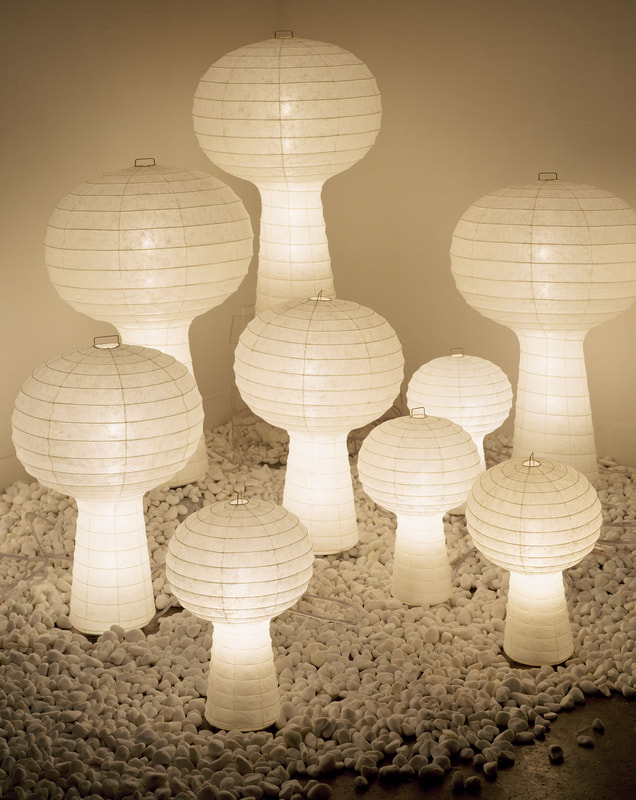No other type of Japanese object has come to capture the imagination of designers across the globe as the chōchin lanterns. While Isamu Noguchi was the first to bring them into the narrative of mid-century American design with his series of the super of Akari, the series which enjoyed a tremendous commercial success, they have continued to serve as sources of inspiration to this day. Now, a new exhibition, which will open at the end of the month at the madd-bordeaux (musée des Arts décoratifs et du Design de Bordeaux) comes to explore the iconic lanterns, which are crafted of bamboo structures covered by paper. We learn that the first mentions of the existence of paper lamps date back to the 11th century, and that they were first represented only in the 16th century and it is still difficult today to precisely describe the technical evolution of the lamps. We also learn that they began disappearing during the 19th century with the introduction of gas and at the early years of the 20th century with the introduction of electricity, remaining used primarily as decoration rather than as lamps. They were rediscovered in the mid-century, and Noguchi can be credited for the discovery. He had famously had his lamps crafted by the chōchin maker Ozeki & Co à Gifu, based in Gifu, Japan, a smell workshop, still creating the lamps for the Foundation. The show, entitled ‘As movable as butterflies: The chōchin of Japan, after Noguchi’s famed statement, will be on view through May 19th.

